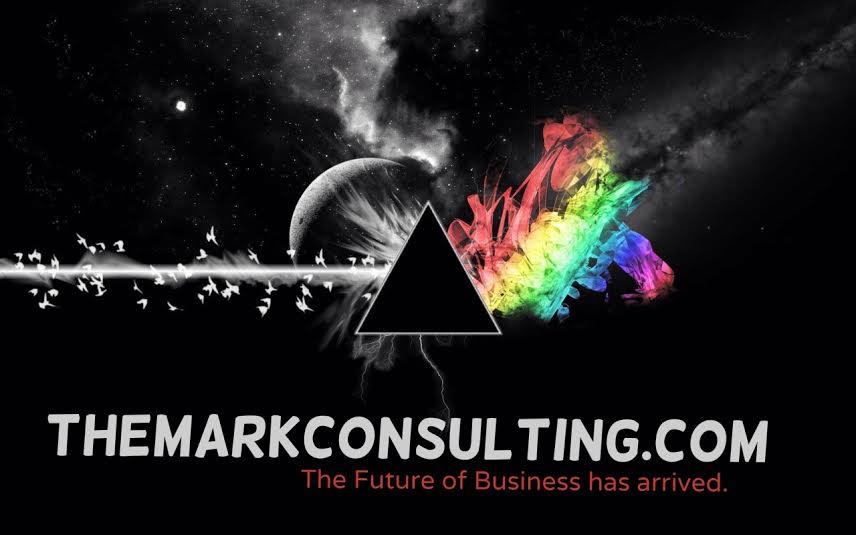
Do you remember when blogging first became popular about five or six years ago? Well, the next phase of blogging is now getting ready to take off: visual blogging.
Think of visual blogging as “blogging 2.0” if you will. It is simply the addition of visual content along with — or even instead of — text to blogs and social media posts. This visual content can take many different forms: photos, videos, infographics, memes, and comics are among the most popular formats used for visual blogging and content today.
Exploding Popularity
The exploding popularity of visually centric social media sites like Pinterest, Instagram, Tumblr, and Snapchat makes it clear that visual blogging is the wave of the future when it comes to online and social media content.
“As the adage goes, a picture is worth a thousand words,” says Vish Vishwanathan, the founder of Costory, a cutting-edge social media platform where contributors get to share their knowledge and passions for any subject with fellow contributors and curious, like-minded users.
Vishwanathan notes recent research from MIT established that the human brain can process and identify images in just 13 milliseconds. “Written text, on the other hand, is processed much more slowly and linearly,” he says. “People today are overloaded with information and have short attention spans. A beautiful picture that catches the eye draws them into the topic and increases engagement.”
The fact is, visual blogging takes advantage of the way our human brains are wired to work. Our brains can process visual content much faster and more effectively than text and words — up to 60,000 times faster, researchers tell us. While we retain only 20 percent of things that we read, we retain up to 80 percent of visuals we see.
Stats Tell the Story
Here are some more facts about visuals and visual marketing that help explain why visual blogging and content are taking off so rapidly:
90 percent of the information your brain receives is visual.
65 percent of people are visual learners.
Online content with relevant images receives nearly twice as many views (94 percent more) as content without an image.
Tweets with images receive 150 percent more retweets than those without images.
Images are the No. 1 most important factor in optimal social media content.
63 percent of social media is made up of images, and 54 percent of all Internet users have posted an original photo or video.
Given statistics like these, “there is no question that small businesses can further engage their customers with more visual-based content,” says Vishwanathan. “A beautiful picture that catches the eye draws them into the topic and increases engagement.”
The Next Level of Engagement
Traditionally, audiences engage with online and social content by posting their opinions as comments. Visual blogging takes engagement to the next level by enabling audiences to contribute their own visuals with narratives to the story. “Such contributors are more likely to share the story with their own social networks, which further increases the story’s footprint,” says Costory’s Vishwanathan.
The main appeal of visual blogging and content to digital marketers is its ability to quickly and easily communicate complex messages to wide-ranging audiences with short attention spans. It enables marketers to differentiate their online and social media content from the practically unlimited amount of text-based content that’s on the Web today. Visual content engages audiences quickly and leaves behind a more lasting impression than text-based content.
In fact, Google recognizes the tremendous impact of visual content. The popular search engine is now factoring visuals more heavily into its search results.
Vishwanathan says that one of the keys to using visual blogging and content successfully is to use high-quality images and videos that tie in closely to the accompanying text. “Choose topics that are informational and in line with current trends, and use beautiful photos that will grab the audience’s attention,” he says. “Then invite your friends, users, customers, and others to contribute and ‘continue the story.’”
It is clear that visuals represent the next phase of online blogging and content. Marketers that don’t adapt to include visual content in their blogging strategy will soon find themselves far behind the content and social media marketing curve.
Written by: Don sadler Source: www.AllBusiness.com
___________________________________________________________________________________
THE MARK CONSULTING & MARKETING
